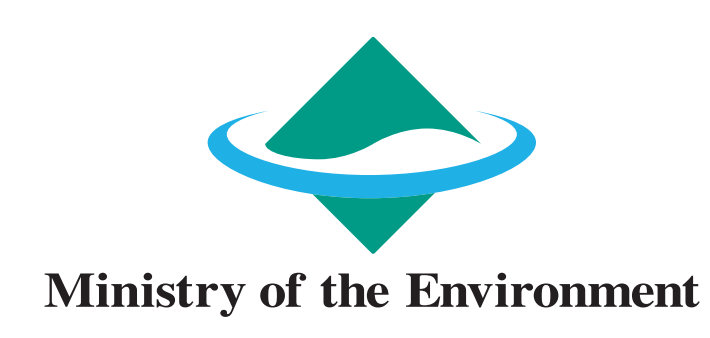RCE Greater Western Sydney - 2020
Location
Australia
See map: Google Maps
AU
Hawkesbury-Nepean Riverkeeper: A community voice for the River
Region:
Asia-Pacific
Country:
Australia
Location(s):
Western Sydney
Address of focal point institution for project:
Locked Bag 1797, Penrith, NSW, 2751
Ecosystem(s):
Target Audience:
Description of sustainable development challenge(s) in the area the project addresses:
The Hawkesbury Nepean River is the largest river in the Sydney Basin. It supplies drinking water to over four million people. It is bounded by agricultural, urban, rural-urban residential developments. It is a popular recreational area for boating, fishing and water skiing. It is also an important swimming destination for people seeking relief from increasing summer heat extremes in Western Sydney. There are a number of specific threats to the Hawkesbury Nepean River including increasing urbanisation, outflows from sewage treatment plants, degradation of riparian vegetation and extensive agricultural activity.
Status:
Ongoing
Period:
April, 2020 to December, 2021
Rationale:
Unlike other rivers in Sydney (e.g.: The Georges River) there is currently no coordinated approach to the monitoring, assessment and project works currently being undertaken in the river. This grant will support the creation of a building a Riverkeeper Alliance in the Hawkesbury Nepean River which will allow for a coordinated approach to river management. Members of the current project team have developed a white paper which identified the need for a Riverkeeper Alliance for the Hawkesbury Nepean River. The Alliance was established in 2010 as an RCE project, but has been dormant for some time. This program is the revitilization of the Alliance and the reestablishment of a community voice for the river.
Objectives:
The Riverkeeper Alliance will improve the knowledge of the stakeholders of the River. The Riverkeeper Alliance will be in a position to not only provide concerned members of the public with a point of contact but also be in a position to liaise with members of industry and community stakeholders in an effort adopt an effective and coordinated strategy to protect and improve river health. The Riverkeeper alliance will be a change champion for the River. They will maintain and manage collaborative projects with community, government and research organisations. The Alliance will play an advocacy and educational role. The role of the Riverkeeper Alliance will provide independent and scientifically informed monitoring of river health and assist with community-based responses and remediation.
Activities and/or practices employed:
A virtual forum was held on the 25th of September 2020 and was attended by over 80 participants from 23 industry bodies including local councils and seven community groups. Discussions undertaken in this forum showed that there was a clear need for a coordinated approach to river management and that there was strong support from industry and community groups for the establishment of a Riverkeeper in the Hawkesbury Nepean River.
Size of academic audience:
80
Results:
A final report the echos the voices of the community is currently being prepared. This report will be used to shape the Alliance government structure, stakeholder network and direction moving forward.
Lessons learned:
N/A
Relationship to other RCE activities:
This project relates to one of three core strategies of RCE-GWS.
Funding:
N/A. We are currently apply for funding to support this project.
Pictures:
| File Name | Caption for picture | Photo Credit |
|---|---|---|
| Hawkesbury-Nepean River |
(https://sustainabledevelopment.un.org/sdgs) and other themes of Education for Sustainable Development (ESD)
SDG 4 - Ensure inclusive and equitable quality education and promote lifelong learning opportunities for all
Indirect
SDG 5 - Achieve gender equality and empower all women and girls
Indirect
SDG 6 - Ensure availability and sustainable management of water and sanitation for all
Direct
SDG 13 - Take urgent action to combat climate change and its impacts
Indirect
SDG 14 - Conserve and sustainably use the oceans, seas and marine resources for sustainable development
Direct
SDG 15 - Protect, restore and promote sustainable use of terrestrial ecosystems, sustainably manage forests, combat desertification and halt and reverse land degradation, and halt biodiversity loss
Direct
Forests/Trees
Indirect
Priority Action Area 1 - Advancing policy
state:
Indirect
Update:
No



